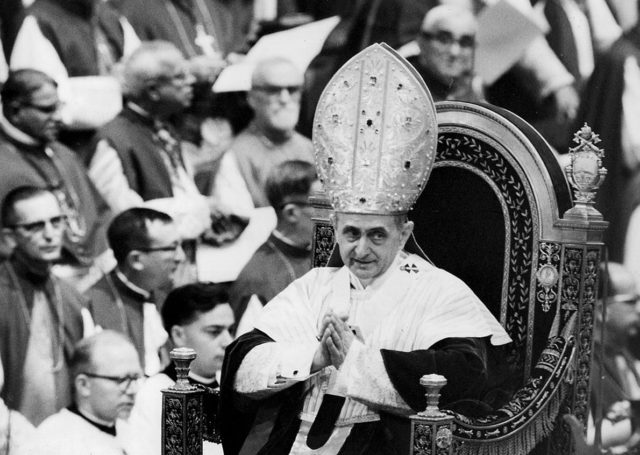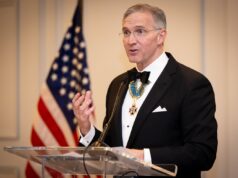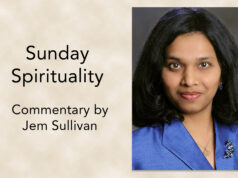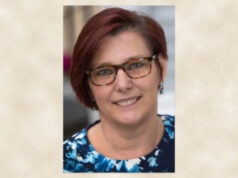
Doesn’t every ecumenical council of the church, drawing bishops together from around the world, begin and conclude on definite dates? Yes, but no. When, after all, did the First Vatican Council close?
It adjourned in 1870, as realities of the Franco-Prussian War struck home in Italy. The council never reconvened.
Before the Second Vatican Council’s opening, church authorities felt it necessary to declare Vatican I officially closed. Could the 1962-1965 council begin if, officially speaking, its predecessor remained open?
I pose the question lightly to make a point. An ecumenical council’s endpoint or beginning point can appear slightly blurred.
Most of what Vatican I planned to do remained unfinished. It often is asserted that Vatican II was tasked with completing Vatican I’s disrupted work. In that small sense, one council’s endpoint converged with another’s start.
Papal primacy was a major concern at Vatican I, while Vatican II also would devote close attention to the collegial work the bishops and pope share. “Each (bishop) together with all the other bishops is responsible for the church,” said the council’s 1965 Decree on the Pastoral Office of Bishops (No. 6).
The two Vatican councils expressed great esteem for Scripture. Vatican II’s Dogmatic Constitution on Divine Revelation said it was “following in the footsteps” of Vatican I’s Scripture discussion, a brief part of that council’s also relatively brief Dogmatic Constitution on Faith.
Vatican II urged believers to learn of Christ through “frequent reading of the divine Scriptures” (No. 25). Parish-based Scripture study groups popped up seemingly everywhere after the council.
A council’s endpoint blurs, too, as its decisions make their way into church life. This process easily takes 50 years or more. Since the church and its people are dynamically alive, unanticipated concerns arise throughout. Thus, the council’s work, in a left-handed way, continues.
Dolores Leckey, a retired U.S. Conference of Catholic Bishops official for laity and family life, wondered 43 years after Vatican II whether “the fathers of the church sitting in ecumenical council … envisioned the story of lay ministry as it (took) shape over these many years.”
Leckey felt confident that a number of them “would be happily surprised.”
During the time between one ecumenical council and the next, thinkers always are asking what renewal is needed in the church at their particular, fast-changing point in history. It could be a time, too, when new models of holiness emerge.
St. Therese of Lisieux was born in France in 1873, just after the First Vatican Council. She inspired millions, even today.
Regrettably, St. Therese, a Discalced Carmelite nun, died of tuberculosis when only 24. Happily, she left writings behind; the best known of which speaks of heaven.
“My heaven will be spent on earth,” she said. “I want to spend my heaven in doing good on earth.”
Were those words prophetic?
Doing good here and now is a basic for Christians. But in the century ahead, an expanding discussion would focus on the need to approach Christian service to this world with commitment, though not eclipsing interest in the life of the world to come.
Note, for example, this passage from Vatican II’s Pastoral Constitution on the Church in the Modern World in 1965:
“Christians … should seek and think of (the) things which are above.” Still, “this duty in no way decreases, rather it increases, the importance of their obligation to work with all men in the building of a more human world” (No. 57).
Today the church inhabits the time between Vatican II and a possible next ecumenical council.
Our world always presents new, perplexing issues to examine in the light of the Gospel. So, someone always thinks it is time for the next council.
In 1996, 31 years after Vatican II, Archbishop John R. Quinn thought “it would be beneficial to have a council in the foreseeable future.” The archbishop, who died in 2017, formerly headed the San Francisco Archdiocese.
He commented that much had “changed in 30 years,” which the church would need “to find a way to respond to … in an effective way.”
Gibson served on Catholic News Service’s editorial staff for 37 years.









